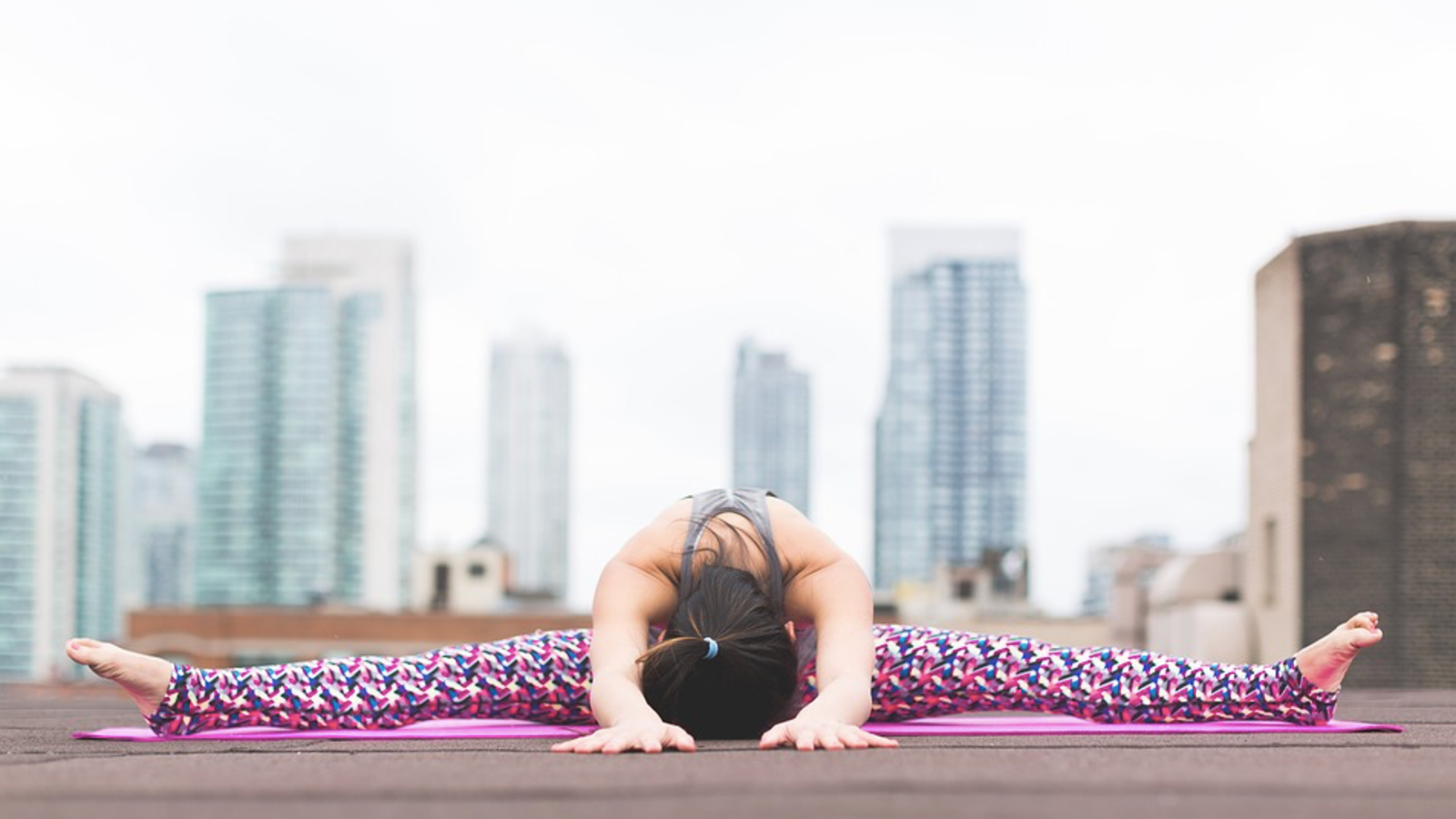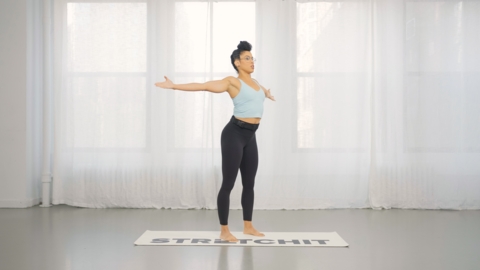Why You Need to Know About Stretch Tolerance
What it really means to ‘stretch’ a muscle
When you think of stretching, you may immediately think of elongating your muscles and changing their physical structure. Well, many studies explain that increasing your range of motion may be a result of an increased ‘stretch tolerance’ rather than increased physical length.
Stretch tolerance is your ability to experience the physical sensations of stretching and reduce the discomfort felt at the end range of motion. Let’s take a look at what an expert has to say about stretch tolerance and how to stay safe while making strides with your flexibility training.

Finding Comfort in the Uncomfortable
How would you describe the first time you felt more comfortable in a challenging stretch? Maybe your shoulders suddenly melted down your back with ease, your face relaxed, you had an ‘ah-ha!’ moment of understanding...all of these can happen when experiencing an improvement in the outer range of your mobility. We talked with expert Dave Tilley, DPT, gymnastics coach, and founder of Shift Movement Science and Gymnastics Education, to understand more about what stretch tolerance is and how to stay healthy and happy in the pursuit of flexibility gains.
"A lot of research suggests we are getting used to the discomfort with a session of flexibility training instead of actually lengthening the muscles."
What’s your advice on trying to identify discomfort versus pain when stretching and improving one’s stretch tolerance?
"Some discomfort is definitely going to come with a stretching program and usually it’s regarded as ‘stretch tolerance.’ I tell people that you don’t want more than a 5 out of 10 rate of discomfort and that their discomfort from training shouldn’t last more than a day. If people overstretch and harm muscles or ligaments they usually deal with much more pain and have lasting issues.
Huge amounts of intensity aren’t necessary when stretching, as a lot of research suggests we are getting used to the discomfort with a session of flexibility instead of actually lengthening the muscles. In the long term with regular stretching, doing active flexibility control drills to teach your body how to handle the motion combined with proper strength training and good technique in skill work can all help to actually change the muscle architecture and make longer term changes.
It comes down to knowing how to be safe and not using a stretch to impress. I think that proper assessment and consistency is more important than going nuts. Understanding how to manage soft tissue stiffness and not stretch your ligaments or joint capsules is really important for safety."

Why do muscles sometimes shake when you’re stretching?
"There isn’t a ton of clear research or evidence in relation to shaking with flexibility, but most people agree that it tends to do with the muscles being forced to move or contract in larger than normal motions. There is one line of thought that as a muscle and tendon or ligament get stretched to the perceived end range of motion, the nervous system tends to put the brakes on due to threat detection.
It could be possible that the shaking is a protective mechanism to help prevent tissue damage. There is another line of thought that because the body isn’t used to those ranges of motion, the nervous system can’t control the muscle well and starts to freak out a bit. Again, lots of theory but based on some solid neuroscience on muscle function.
With this new understanding behind the science of stretching, you can make your training sessions work even better for your goals. Remember how important it is to stay safe, be consistent, and not push yourself through pain. Instead, find comfort in the uncomfortable, and trust the long-term journey! Strengthening, stabilizing, and making incremental progress will be your key to safe stretching and flexibility gains."
"It comes down to knowing how to be safe and not using a stretch to impress [someone else]…understanding how to manage soft tissue stiffness and how not to stretch your ligaments or joint capsules is really important for safety."

How would you describe the sensations of a challenging stretch? We want to hear it in your own words! hello@stretchitapp.com




